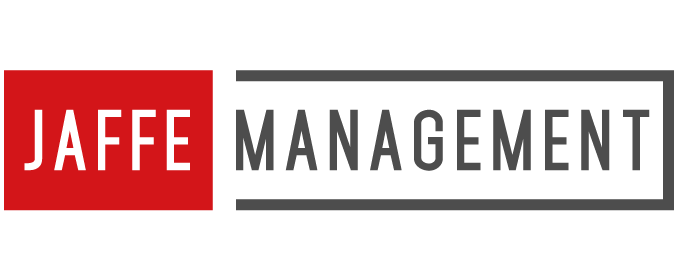24 Jul 2014 Your 10 Main Functions as an NPO Board Member – Part II
A previous post offered a primer on non-profit board functions. It outlined five key activities of every effective NPO board member:
- Determine the mission and purpose of the organization
- Select an executive director of administrator
- Provide feedback, report, and review for the chief executive
- Foster effective organization planning
- Ensure an adequate flow of necessary resources
You can read the complete post here.
That primer on roles and responsibilities continues below with five more must-do functions that will help you can do to help your organization thrive.
Association Board Members & Managing Resources
Non-profit organizations are granted tax-exempt status by state and federal laws because there are seen to fulfill a public need. Therefore, you obligations as a board member extend beyond service to your organization’s members, constituents, and/or clients. You have a legal fiscal responsibility.
There have been several legal cases where board members were held legally accountable for an organization’s problems. A director is generally protected from liability for errors of judgment, however, as long as he/she acts responsibly and in good faith, and with the basic financial health of the organization as the primary objective.
Acting responsibly includes:
- Development and approval of an annual budget. Indeed, this annual rite is probably one of the board’s most significant policy decisions because it sets in motion a host of programmatic, personnel and other priorities. This responsibility should not be delegated to the board’s executive for finance committee, although the finance committee can create a budget for the approval from the full board.
- Clear, intelligible, accurate and timely financial reports. All board members should receive quarterly balance sheets with a consolidated accounting of all assets and current liabilities. Monthly finance reports should be provided to the treasurer and members of the finance or executive committees. The board should insist on an annual audit by an independent certified public accountant or accounting firm.
- Non-Profit Board Members Approve Then Oversee Programs & Services An organization is defined by its mission and the programs/services that it offers in support of that mission. With finite resources and infinite demands, board members must decide which activities to prioritize and fund. Once established, activities must be monitored to ensure that their continued viability and appropriateness. In this monitoring and oversight role, board members must view their responsibility to ensure quality, cost-effective programs and services with the staff’s ability to initiate and conduct them.
Board Members Must be Organization Boosters
Each board member is a link between as association’s staff, volunteers, members, and constituents. An effective public relations program is vital to ensure a healthy public image. Informative press releases, social media posts, communication initiatives among members, and annual reports are all part of a comprehensive public relations strategy. In some instances, the board may select a spokesperson to be the public face of the association. No board member should represent himself/herself as speaking for the board or organization unless specifically authorized to do so.
Association Board Members Must Occasionally Address HR Grievances
In a perfect world, association board members would never have to arbitrate staff problems. In an imperfect world, organization board members must establish personnel policies and procedures, grievance protocols and especially a clearly articulated definition of the executive director’s responsibility with regard to hiring, developing and firing staff. Despite best efforts, an executive’s judgment regarding HR issues is likely to be questioned more than once during his/her career. At that juncture, board members need to weigh in on and help find the solution.
Board Members Must Practice the Art of Self-Knowledge
Every three to five years, the board and its executive should pause and reflect on how well board members are meeting their responsibility to the organization. In some instances, a qualified third-party facilitator can bring credibility, perspective, and objectivity to the process.
The assessment should include a review of:
- Board organization/structure
- Board member composition
- Board member selection process
- Board member performance
You can read more about the self-assessment process in this post.
As an association or non-profit board member, your challenge is learning to balance your nearly limitless organization powers with reasoned self-restraint. The key is to delegate authority when appropriate without abdicating your responsibilities.


